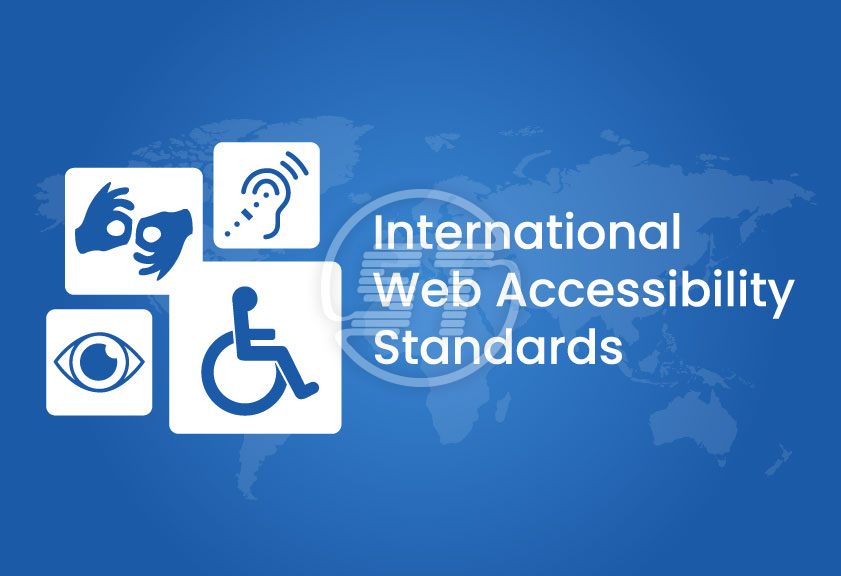Shop At Haya: Your Ultimate Shopping Guide
Discover the best shopping tips, trends, and deals for a smarter buying experience.
Web Accessibility: A Playground for Everyone
Discover how web accessibility creates an inclusive playground for all! Break barriers and unleash potential with our essential guide.
Understanding Web Accessibility: Why It Matters for Everyone
Web accessibility refers to the practice of making websites usable for all individuals, including those with disabilities. This concept is crucial because it ensures that everyone, regardless of their physical or cognitive capabilities, can access and navigate online content. By adhering to accessibility standards, web developers and content creators actively promote inclusivity and equal opportunities online. For instance, implementing features such as text-to-speech tools, alternative text for images, and keyboard navigation can significantly enhance the user experience for those with visual or mobility impairments.
Moreover, understanding web accessibility is essential not only for users with disabilities but also for businesses and organizations. An accessible website can broaden the audience reach, improve search engine optimization (SEO), and enhance overall user satisfaction. In fact, studies have shown that websites that prioritize accessibility can lead to increased customer engagement and loyalty. By fostering an inclusive digital environment, businesses contribute to a more equitable society while also benefiting from the diverse perspectives and needs of their users.

10 Essential Tips to Make Your Website Accessible
Creating an accessible website is crucial to ensure that all users, regardless of their abilities, can navigate and benefit from your content. Here are 10 essential tips to help you improve your website’s accessibility:
- Use semantic HTML: Structure your content with proper HTML tags like headings, lists, and paragraphs to enhance clarity for screen readers.
- Provide alternative text for images: Ensure that every image includes descriptive alt text to convey its purpose to users who rely on assistive technologies.
- Ensure keyboard accessibility: Make sure all interactive elements, such as forms and buttons, can be navigated and activated using a keyboard.
Additionally, consider implementing the following strategies:
- Maintain a high contrast ratio between text and background colors to support users with visual impairments.
- Use descriptive link texts: Avoid generic labels like 'click here' and instead provide contextually relevant descriptions.
- Test your website with real users, particularly those who use assistive technologies, to gather feedback on their experience.
Common Myths About Web Accessibility Debunked
When it comes to web accessibility, many people hold misconceptions that can hinder effective implementation. One common myth is that accessibility is only about complying with legal standards. While regulations like the Americans with Disabilities Act (ADA) play a significant role, true web accessibility goes beyond mere compliance. It focuses on creating an inclusive experience for all users, including those with disabilities, to interact with content seamlessly.
Another prevalent myth is that making a website accessible requires extensive resources and technical expertise. In reality, creating an accessible website can often be achieved through simple adjustments and best practices that can be integrated into the design process from the start. For instance, using descriptive alt text for images, ensuring sufficient color contrast, and providing keyboard navigation options are all steps that can significantly improve accessibility without breaking the bank. Embracing web accessibility not only benefits users with disabilities but also enhances overall user experience, making it a wise investment for any website.